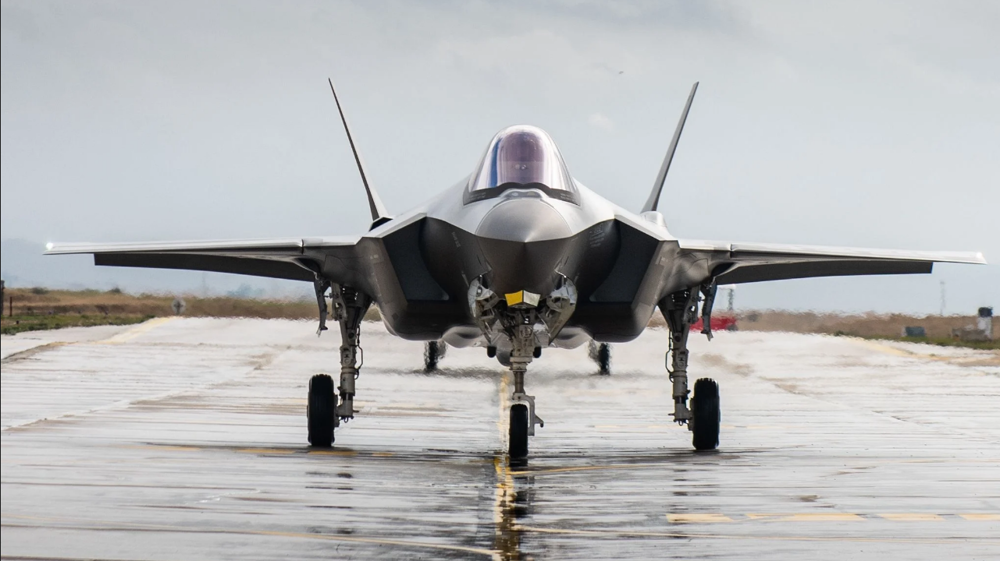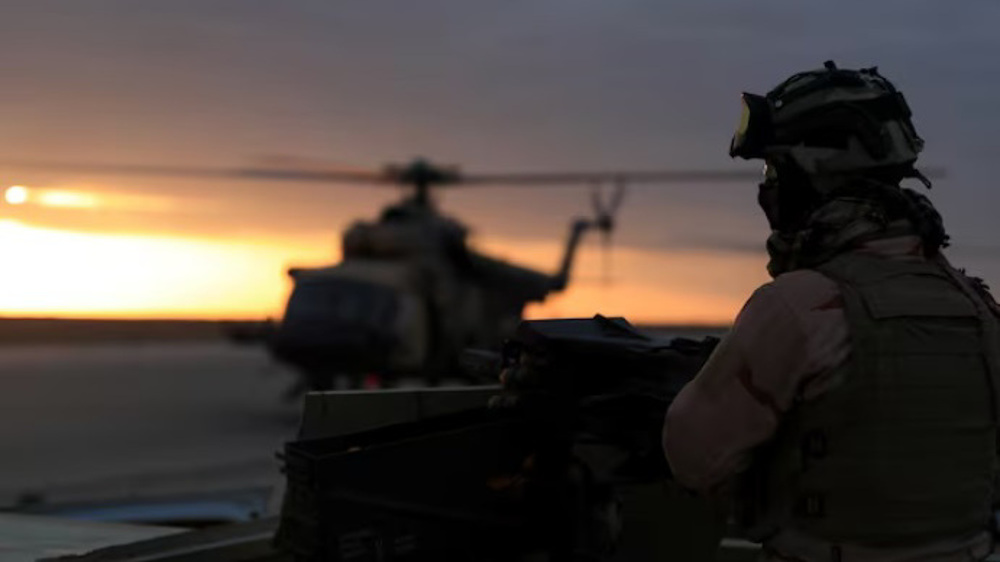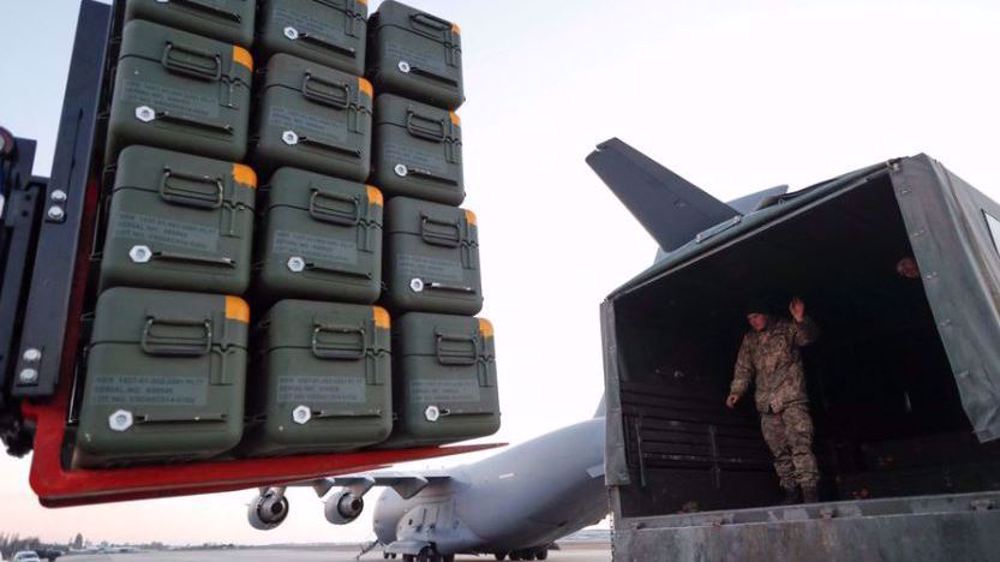US speeding up weapons acquisition processes to replace supplies sent to Ukraine
The United States Army has been speeding up its weapons acquisition processes to refill its military warehouses emptied due to the huge and constant flow of arms and ammunition shipments to Ukraine, according to a top US military official.
Assistant Secretary of the Army for Acquisition, Logistics, and Technology, Doug Bush, said on Monday that after delivering nearly $18 billion worth of weapons to Kiev since February, Washington is scrambling to restock its own arsenals.
In addition to the $18 billion worth of arms to Ukraine, the Pentagon also spent more than $2.6 billion between May and October replenishing key weapons stocks, recent contracting data shows.
The US Army’s acquisition chief said to speed up its acquisition procedure, the military was employing contracting methods adopted during the Covid-19 pandemic.
Bush told reporters that fast-tracking the contracts were accomplished by running processes that used to be run in succession, simultaneously now. However, the US Department of Defense (DoD) claimed that it would take the US Army “multiple years” to restock supplies.
With Congress’ support, they are working to triple domestic production of the 155mm howitzer rounds and at least double production of Guided Multiple Launch Rocket Systems and High Mobility Artillery Rocket Systems launchers in the next few years, Bush said in an earlier interview.
“All that is underway and will all be foundational to supporting Ukraine and its conflict, but also replenishing ourselves and setting us up to support our allies,” Bush told reporters on Wednesday.
“I don't know how long the conflict’s going to last,” he said. “We are doing things though to ensure that if it goes on a long time, we're going to be in a place to support it based on the best information we have. War as an uncertain enterprise.”
Bush said it usually takes several months to a year to ramp up the production of something like a HIMARS from a rate of five per month to eight, which is why Army leaders are working closely with defense contractors. However, more production also means other problems to overcome.
“There are sometimes limitations, physical limitations, where you can fill a factory, get it up to a production rate and then if you want to go higher you're building another factory, or you're finding another company to do the same thing somewhere else, which is also not overnight,” he said. “So I'd say these goals are more in the high number of months to a year to try to get these increased production rates fully manifested.”
Pentagon is working with allied countries to also produce more of these munitions as well as encourage them to donate to Ukraine to relieve some of the pressure on the US, Bush said.
Enemies can be expected to target US supply lines in tomorrow’s wars—with drones, cyber-attacks, and other new methods—so the Army and DARPA are working to stay a step ahead, he said.
He described logistics as a top Army modernization priority. “We've gone to war in the past with extremely large and, frankly, vulnerable supply lines. It's an American way of war—war through logistics. It's one of our greatest strengths."
“We need less energy demand in the front and we need more energy capacity produced at the front to dramatically shrink what those supply lines look like,” Bush said. He identified “dramatically reducing the energy demand of our weapons systems and platforms” while concurrently “dramatically increasing our ability to generate energy in the field” as one of the US Defense Advanced Research Projects Agency (DARPA) top priorities for the Army. The supply playbook also needs an update to prepare for possible near-future conflicts in the Pacific region, he said.
In the meantime, the US military has been taking advantage of the special Presidential Drawdown Authority (PDA) during a time of emergency to allow, without the need for congressional approval, for the speedy delivery of weapons to Ukraine.
According to Bush, around $1 billion worth of contracts have been awarded to weapons manufacturers since the second half of October, primarily to restock ammunition and rockets. This included a $477 million contract granted by the Army to Lockheed Martin.
The pace of contracts is now “exceeding internal Pentagon spending speed benchmarks by 15 percent,” Reuters said.
However, according to one official familiar with the Ukraine situation, from the International Donor Coordination Center (IDCC) where representatives from the US, Britain, Ukraine, and a dozen NATO members are stationed, Artificial Intelligence (AI) techniques are now required to calculate how fast the Ukrainians need more weapons and ammunition.
“Understanding their usage rates is important to understand how quickly they need to be replaced,” the IDCC coalition official told the media
The weapons and ammunition requests received from Kiev forces are both constant and urgent, according to the official.
Jared Summers, the chief technology officer of the 18th Airborne Corps, who is working with the coalition in Germany, said they needed to anticipate the needs ahead of time, rather than respond as they come in. The official said to supply Ukraine's demands, they needed to develop AI-driven techniques.
It’s the sort of thing big companies like Amazon do to ensure they can meet demand. But large retail outfits have a few advantages that the IDCC does not. They can add sensors to shipments to get a complete data picture. Summers said the IDCC is planning to work around this shortfall by developing predictive models from existing data.
“You can start to see failure rates and break-down rates once we get enough of that data in. And we can actually build that model without having to invest in sensors,” he said.
Knowing when an item is needed is key to knowing when to ask for a replacement. He said the models to predict Ukrainian needs were “in development” and expressed cautious optimism that they would be in place by year’s end.
In the meantime, the Defense Department's Inspector General has complained that it was not clear for them what weapons were being sent for Ukraine and where the weapons and funds eventually ended up.
In July, the DoD's Inspector General’s office said the Pentagon was not using transparent methods and theirs deliverers were shrouded in ambiguity.
On Tuesday, the IG office issued a new report, reminding the Defense Department to follow its own rules on accounting procedures.
The new report noted that the Office of the Secretary of Defense had made improvements in the procedures to increase the traceability, transparency, and reporting of Ukraine supplemental funds execution.”y leaders are working to dramatically increase the production of critical munitions and equipment drained from service arsenals to aid Ukraine in recent months.
In the meantime, Russia has repeatedly warned that the influx of Western weapons will not only spread insecurity across the globe but also, prolong the Ukraine conflict, while also making the US and other NATO members de facto participants in the bloodshed and violence.
Araghchi slams World Economic Forum for canceling his Davos invitation
Iran condemns Argentina’s unfounded accusations against IRGC
VIDEO | Fighting British state
Pezeshkian calls recent riots in Iran part of ‘failed’ US-Israeli war
VIDEO | Iran unity nullifies sedition
UK ‘preemptively’ discharges pro-Palestine hunger strikers recovering in hospital
US dollar falls in Iran amid rising export currency supply
Trump’s ‘Board of Peace’ for Gaza an extension of Israeli occupation: Ex-UN rights chief













 This makes it easy to access the Press TV website
This makes it easy to access the Press TV website